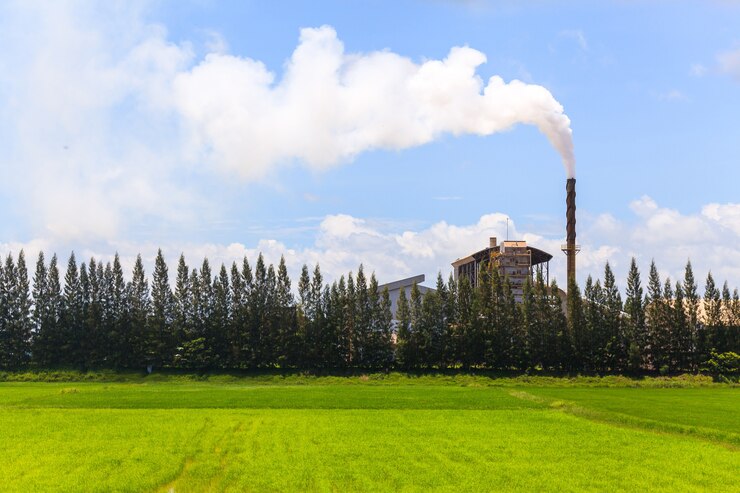Solar panels and wind turbines often come to mind when we think of renewable energy. But another powerhouse in green energy is working quietly in the background: biomass power plants. These plants offer an incredible solution by turning everyday waste—like crop leftovers, wood scraps, and even food waste—into usable energy. Surprising, right? Let’s dive into what makes biomass power plants a smart, eco-friendly choice and why they’re becoming key players in the green energy world.
What Are Biomass Power Plants?
Biomass power plants generate energy by burning organic materials, or “biomass.” Unlike coal or oil, which release ancient carbon into the atmosphere, biomass is made from plants and other organic materials that absorb carbon from the atmosphere as they grow. This creates what scientists call a “carbon-neutral” cycle, where the amount of carbon released during burning is offset by the carbon the plants absorb. So, while burning anything releases carbon, biomass power plants release much less than fossil fuels and don’t increase the overall amount of carbon in the atmosphere.
Turning Trash Into Treasure
One of the coolest things about biomass power plants is that they use waste materials, which would otherwise sit in landfills or be incinerated, releasing harmful methane or pollutants. Biomass plants take things like crop residues (think corn stalks or rice husks), wood scraps, and even animal manure and transform them into energy. In a way, they’re like eco-friendly recycling centers that turn waste into a valuable resource. This not only helps generate renewable energy but also reduces the load on our waste systems and decreases pollution from landfills.
How Biomass Power Works
The process might sound complicated, but it’s pretty simple. Biomass materials are collected, dried, and then burned in a furnace. This burning creates heat, which is used to boil water, producing steam. This steam turns turbines, generating electricity. Some modern biomass power plants use other methods, like gasification (where biomass is converted into gas before burning), which can make the whole process even cleaner and more efficient.
Why Biomass Power Plants Are Great for the Environment
While solar and wind energy are often considered the cleanest options, biomass power has its unique benefits that make it worth a closer look. Here’s why:
- Carbon Neutrality: As mentioned, biomass power plants are nearly carbon-neutral. The plants and organic materials used as fuel absorb carbon as they grow, balancing the carbon released when they’re burned. This makes biomass a much cleaner choice than fossil fuels.
- Reduces Waste: By using materials that would otherwise be discarded, biomass power plants help tackle waste disposal issues. Instead of filling up landfills, things like wood scraps, crop waste, and other organic materials get a second life as energy.
- Energy Security and Local Sourcing: Unlike fossil fuels, which are often imported from other countries, biomass can be sourced locally. This reduces the need for imports, lowers transportation emissions, and strengthens local economies by creating jobs in forestry, agriculture, and plant operations.
- Job Creation: Biomass power plants create job opportunities in rural areas. People are needed to harvest, transport, and process biomass materials, as well as to operate the power plants. This provides new opportunities in areas that may have fewer job prospects.
Innovations Making Biomass Even Better
Thanks to modern technology, biomass power plants are becoming more efficient and cleaner. New methods like anaerobic digestion (where bacteria break down biomass without oxygen, creating biogas) are allowing plants to generate even more energy with less pollution. These advancements are making biomass an increasingly attractive option for both developed and developing countries.
The Future of Biomass Power
As we look toward a cleaner, more sustainable future, biomass power plants are expected to play an even larger role in the energy landscape. Their ability to provide renewable energy while reducing waste and supporting local economies makes them a strong addition to solar, wind, and hydropower. Plus, because they can operate continuously (unlike solar and wind, which depend on the weather), biomass plants can help ensure a stable energy supply.
Biomass power plants may not have the spotlight that solar and wind often get, but they’re a quiet hero in the journey to sustainable energy. By turning waste into power, they offer a unique solution to some of the biggest challenges we face today—energy production, waste management, and carbon emissions. As we continue to explore and invest in cleaner energy sources, biomass power plants have a lot to offer. They’re here to stay, quietly transforming waste into the green energy of tomorrow.




